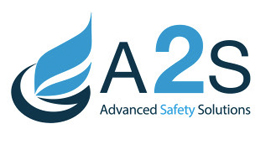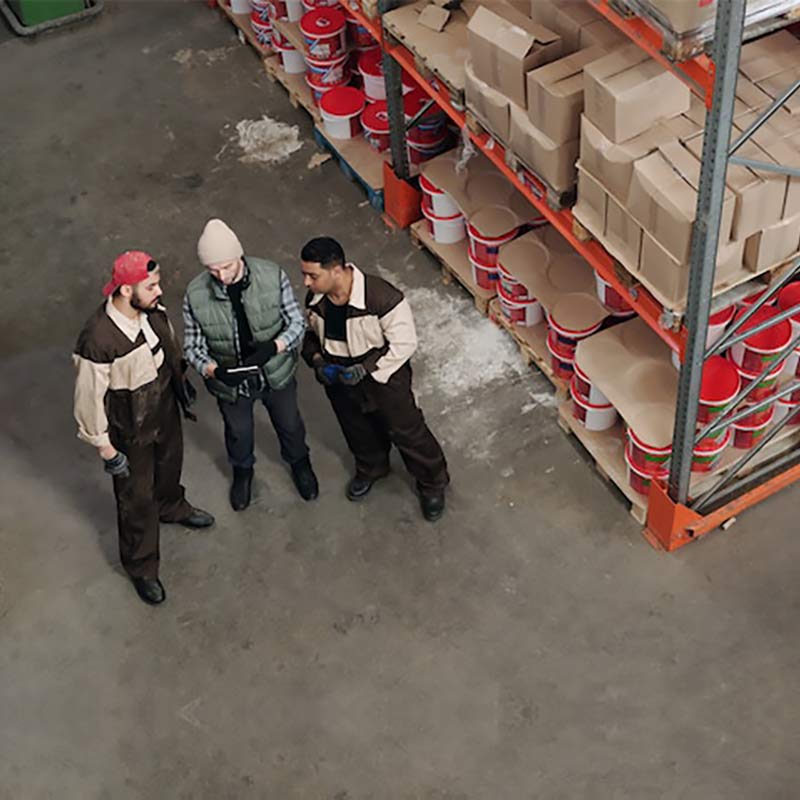
PERFORMING ACTIONS IN ATEX ZONE

ATEX Level 1 training is aimed at technical professionals called upon to work on electrical or non-electrical installations that must operate in potentially explosive environments and that require the use of suitable protection systems. This training allows them to understand the risks associated with these environments and to implement the necessary measures to guarantee the safety of workers and installations.


What are the most dangerous flammable substances? Understanding the risks and issues of an ATEX. When can we be in the presence of an ATEX? How can an ATEX explode?
Labor Code: Employer's obligation. Classification of ATEX Zones (gas, vapors, mists and dust) zones 0-20, 1-21 and 2-22
ATEX intervention rules. Training for categories of personnel, works managers or operators, temporary workers, subcontractors. Authorization to work in ATEX zones, fire permits and employee liability. Personal protective equipment. Rules for signaling zones and markings of ATEX installations and explosives (legibility, etc.)
Design of premises (compartmentalization) and explosion events. Devices resistant to explosion overpressure. inerte.Mode . Standardized electrical protection methods. Rules for the construction and maintenance of electrical or non-electrical installations in Atex Zones. Rules for carrying out work with materials or products at risk of explosion.
Choice of materials (categories and levels of protection according to gas, vapor, liquid or dust) Requirements, privileges between categories, zones and protection method
At the end of the training, a quiz to assess skills and understanding must be taken and validated by the learner.
check_circle
check_circle
Nous utilisons des cookies tiers pour améliorer votre expérience de navigation, analyser le trafic du site et personnaliser le contenu et les publicités. En savoir plus